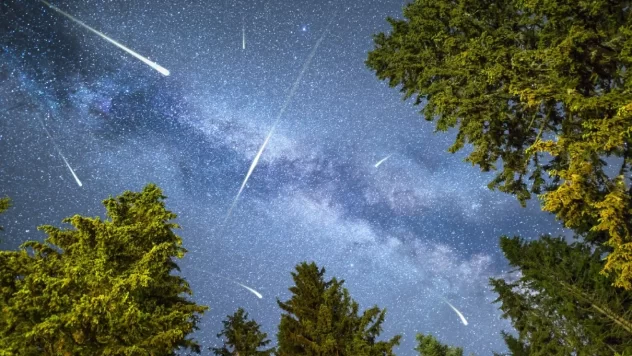For those who are passionate about astronomical observation, a spectacle is in store for them on the nights of October 20-22, when the peak of the Orionid meteor shower will take place.
From mid- to late-June each year, Earth passes through a stream of dusty debris from Halley’s Comet, and the predawn sky can light up with a beautiful display of shooting stars.
According to NASA Meteoroid Environment Office chief Bill Cooke, about 20-25 meteors per hour are expected to be seen when the shower peaks during the early morning hours of Oct. 21.
Astronomers call it this because these meteors come from the constellation of Orion and, despite not being the strongest, it is “one of the most beautiful showers of the year,” said the specialist.
The reason is its surroundings, as the shower is surrounded by the brightest stars in the sky; constellations such as Taurus, Gemini and Orion provide a brilliant backdrop for the spectacle.
Prepare for speed, Cooke warned, as Halley’s Comet meteoroids (small pieces of rock and metal) are hurtling through Earth’s atmosphere at about 140,000 miles per hour; “only the Leonids, which arrive in November, are faster,” he said.
Speed is important because fast meteors have a tendency to explode, and occasionally the Orionid fireballs leave behind streams of incandescent debris that last for several minutes.
Such filaments of “meteor smoke,” twisted by winds in the upper atmosphere, take on twisted shapes that may even be prettier than the meteors themselves, the specialist said.

